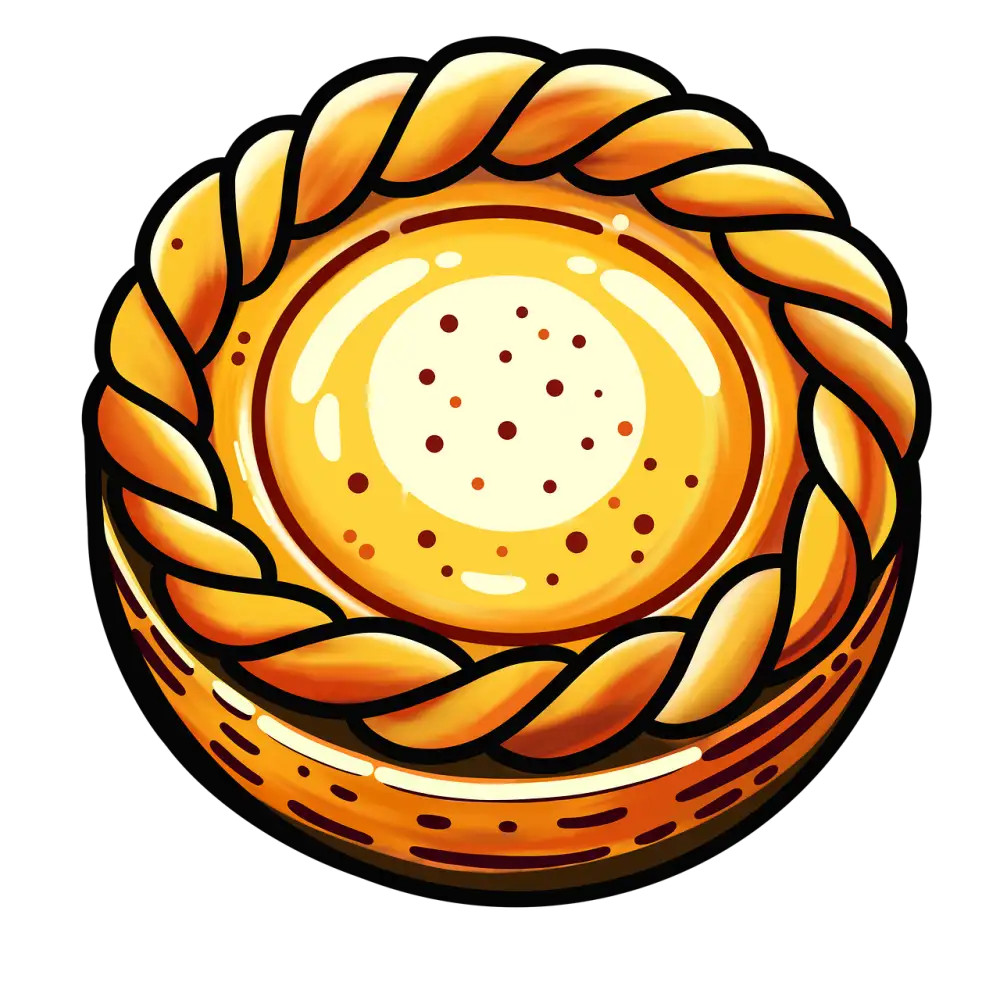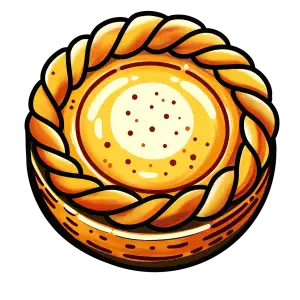Delicious Easter Bread Recipe to Elevate Your Home Celebrations

Easter Bread, also known as Pascha or Kulich, is a traditional sweet bread enjoyed during the Easter season in many cultures around the world. This special bread holds significance as a symbol of rebirth and new beginnings, making it a staple for Easter celebrations. Its rich history dates back centuries, with various recipes and traditions passed down through generations. The aroma of freshly baked Easter Bread fills homes with warmth and joy, bringing families together to share in the spirit of the holiday. Join us on a culinary journey to discover the artistry of making this delicious treat at home.
History and Significance of Easter Bread
Easter bread, also known as "Pasca" or "Paska," holds a rich history and significant symbolism in various cultures around the world. Originating from Eastern Europe, this traditional bread is a staple during Easter celebrations, symbolizing the end of Lent and the resurrection of Christ. The round shape of Easter bread represents the circle of life and eternity, while the ingredients like eggs and milk signify new life and rebirth. Different regions have unique variations of Easter bread, each with its own cultural significance and traditions passed down through generations.
Ingredients Required for Easter Bread
When preparing Easter bread, you will need the following ingredients:
1. 4 cups all-purpose flour
2. 1/3 cup sugar
3. 1 packet active dry yeast
4. 1 cup warm milk
5. 1/3 cup melted butter
6. 2 eggs
7. 1 tsp vanilla extract
8. Zest of 1 lemon or orange
9. 1/2 tsp salt
10. Optional: raisins, candied fruit, almonds for decoration
These basic ingredients form the foundation of a delicious Easter bread recipe that can be customized with additional flavors and decorations to suit your preferences and traditions.
Step-by-Step Instructions for Making Easter Bread
1. In a large mixing bowl, combine warm milk, sugar, and yeast. Let it sit for about 10 minutes until the mixture becomes frothy.
2. Add in the softened butter, eggs, vanilla extract, and salt to the yeast mixture. Mix well.
3. Gradually incorporate flour into the wet ingredients until a dough forms.
4. Knead the dough on a floured surface for about 10-15 minutes until it is smooth and elastic.
5. Place the dough in a greased bowl, cover it with a kitchen towel, and let it rise in a warm place for about 1-2 hours or until doubled in size.
6. Punch down the risen dough and divide it into three equal parts.
7. Roll out each part into a long rope and braid them together to form a loaf.
8. Place the braided loaf on a baking sheet lined with parchment paper, cover it with a towel, and let it rise again for another hour.
9. Preheat your oven to 350°F (180°C) while the bread is rising.
10. Brush the risen loaf with an egg wash for a shiny finish before baking it in the preheated oven for 25-30 minutes or until golden brown.
11. Allow the Easter bread to cool before slicing and serving.
Enjoy your homemade Easter bread as a delightful addition to your holiday celebrations!
Tips and Tricks for Perfecting Your Easter Bread
To ensure your Easter bread turns out perfectly, here are some tips and tricks to keep in mind. Firstly, make sure your yeast is fresh and active to help the dough rise properly. Knead the dough until it's smooth and elastic to develop the gluten for a light texture. Allow the dough to rise in a warm, draft-free place until doubled in size for optimal fluffiness. When shaping the bread, be gentle to avoid deflating it. Brushing with an egg wash before baking will give it a shiny golden crust. Lastly, allow the bread to cool completely before slicing to maintain its moisture and flavor.
Serving Suggestions and Pairings for Easter Bread
Easter bread is a versatile treat that can be enjoyed in various ways. Serve slices of warm Easter bread with a dollop of butter or jam for a delightful breakfast or snack. For a more indulgent option, consider spreading Nutella or cream cheese on your Easter bread slices.
Pairing suggestions include serving Easter bread alongside a cup of hot tea or coffee to enhance its flavors. The subtle sweetness of the bread also makes it an excellent companion to savory dishes like cured meats and cheeses for a balanced contrast of flavors.
For a festive touch, consider incorporating Easter bread into your dessert spread by serving it with fresh berries and whipped cream or using it as a base for bread pudding. No matter how you choose to enjoy it, Easter bread is sure to elevate your holiday celebrations with its delicious taste and rich history.
Easter bread is not just a delicious treat; it is a symbol of tradition, love, and celebration. As you embark on the journey of making this delightful bread, remember that each ingredient and step carries with it centuries of history and significance. The aroma of freshly baked Easter bread filling your home will surely elevate your Easter celebrations and create lasting memories with your loved ones. So, embrace the culinary artistry of Easter bread and let its warmth and sweetness bring joy to your home this holiday season.
Published: 11. 05. 2024
Category: Home



